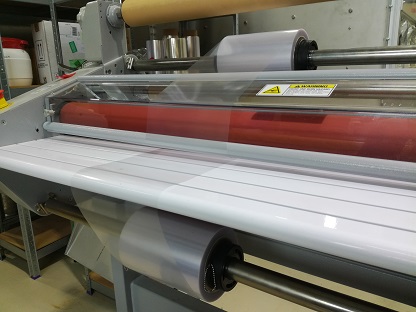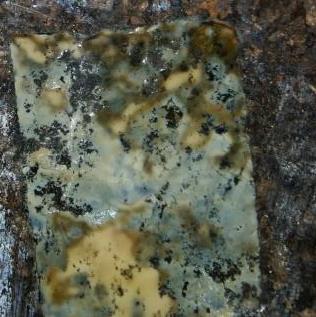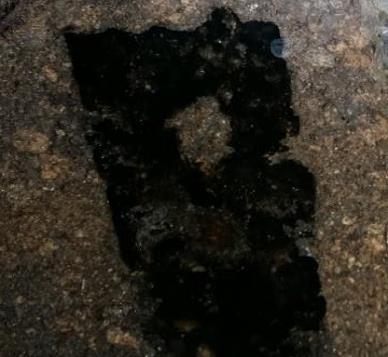Task
Flexible packaging represents the second largest segment in the packaging industry. Nowadays they are high-tech products that are laminated into a multi-layer composite. The focus is increasingly on sustainability, not least at the request of consumers. This has always been a major challenge for film laminates. For this reason, there is currently an increasing focus on biodegradable and preferably also bio-based plastics, such as polylactide, cellophane and polybutylene succinate. In order to obtain fully biodegradable composite films, the adhesive must also be adapted. Although the first biodegradable laminating adhesives are available on the market, there is still a great need to develop alternative, biodegradable laminating adhesives. The aim of the project was to produce a biodegradable, preferably bio-based laminating adhesive for biodegradable composite films, with the intention of obtaining a fully degradable composite of films and the adhesive.
Results
The basis for the adhesive was commercial cellulose derivatives, which were crosslinked in a solvent (aqueous or organic) and with an aldehyde-based crosslinker (glyoxal, glutaraldehyde, glyoxylic acid). Hot melt adhesives based on PLA, PBS and PCL developed by TITK were also used. Within the scope of the project, water-based adhesive systems based on cellulose ethers (predominantly methyl cellulose), solvent-based adhesive systems based on cellulose esters (predominantly cellulose acetate, butyrate and propionate) with properties suitable for film lamination in terms of viscosity and adhesive strength were developed. With the adhesive systems developed, film laminates could be successfully produced. Cellophane was mainly bonded with the water- and solvent-based systems and various bio-films (PLA, PBS, PCL, etc.) were bonded with the hot-melt adhesives. In a test developed for the laboratory scale to characterise the biodegradation work, the water- and solvent-based adhesive systems were also particularly convincing.


